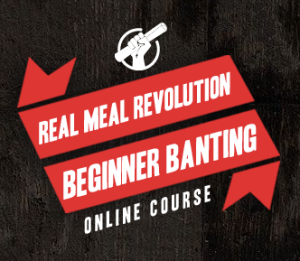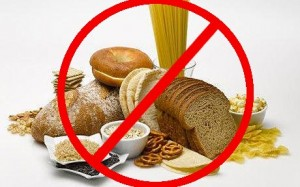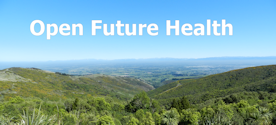The Real Meal Revolution

![]() The Real Meal Revolution is an educational programme created in South Africa, using the scientific knowledge developed in the last ten years about low-carbohydrate and high-fat diets (LCHF).
The Real Meal Revolution is an educational programme created in South Africa, using the scientific knowledge developed in the last ten years about low-carbohydrate and high-fat diets (LCHF).
They offer a book called "![]() The Real Meal Revolution; The radicle, sustainable approach to healthy living."
The Real Meal Revolution; The radicle, sustainable approach to healthy living."
They offer an excellent online course for Banting Beginners.
There is advanced training for those who want to do more.
The example at the left is typical of the helpful advice they offer.
The Meal Tracker is an online tool that comes with the Banting Beginners Course.
There is also a colour guide to the foods you should be eating.
There are many charts and guides, like a guide to how much protein there is in certain foods.
The course is packed with video materials and additional sources of information. There is information for a whole year in the course. When you are ready you should do it.
Living the Banting Lifestyle - From the Real Meal Revolution
Planning your Meals and using the Meal Tracker
 In order to Bant successfully, you need to have a detailed understanding of the types of food you need to eat, what quantities you should be eating and how your typical plate should look.
In order to Bant successfully, you need to have a detailed understanding of the types of food you need to eat, what quantities you should be eating and how your typical plate should look.
Remember: Your bodyweight in kilograms should be approximately the GRAMS of protein you'll need for the day. For example: If you weigh 70kg, then you can eat 70g of protein per day. If you are athletic or pregnant, you will need more.
It is important to remember that we're referring to pure protein, without any water or fibre, etc. This means that if you require 70g of protein, you'll need to be eating between 210 and 245g of protein foods per day (70g of steak isn't 70g of protein it is, in fact, only about 20g of protein).
Remember: you want to keep your carbs low. We suggest you keep it below 25g per day.
It's a trial by error process for every person with regards to fats, but you shouldn't be scared of them. Some ladies feel nauseous if they eat too much fat, while men seem to cope better. We suggest that you fry your food in the correct fats (coconut oil, lard, butter), eat the fat on your meat, and make your own salad dressings and mayonnaise.
If you feel that you're not satiated after a meal, or that you're getting hungry quickly, look at increasing your protein or fats intake. It's important to remember that too much of anything will cause problems. Eating normal amounts from sources such as fatty meats or eggs is best advised. Significantly decreasing your carb intake will have you burning most of the fat you eat.
Remember to eat slowly, be mindful and to enjoy every delicious bite. Whenever possible, make it a habit to eat at the table (with your family), taking as much time doing so as your schedule allows.
Be disciplined about calculating your daily intake. Our Meal Tracker will do most of the work for you. Monitor the pie chart in the Meal Tracker.
Remember: you want your Fat to be about 70%, Protein at 25% and Carbs at 5%. A typical meal should consist of 1/4 protein, 1/4 vegetables from the Green List (tomatoes, green and red peppers, onion, eggplant) and the remaining 1/2, green vegetables.
